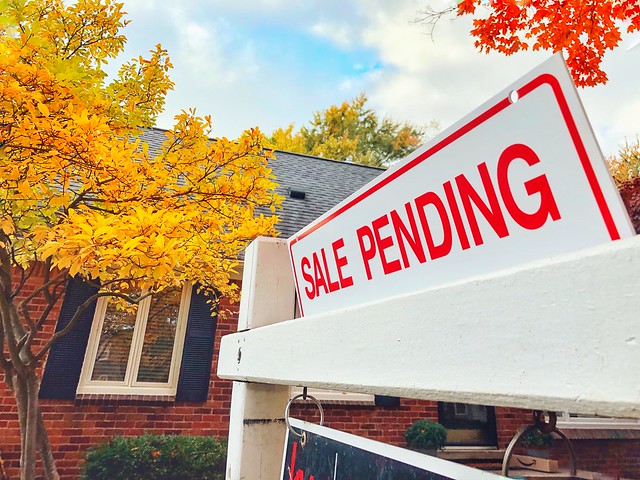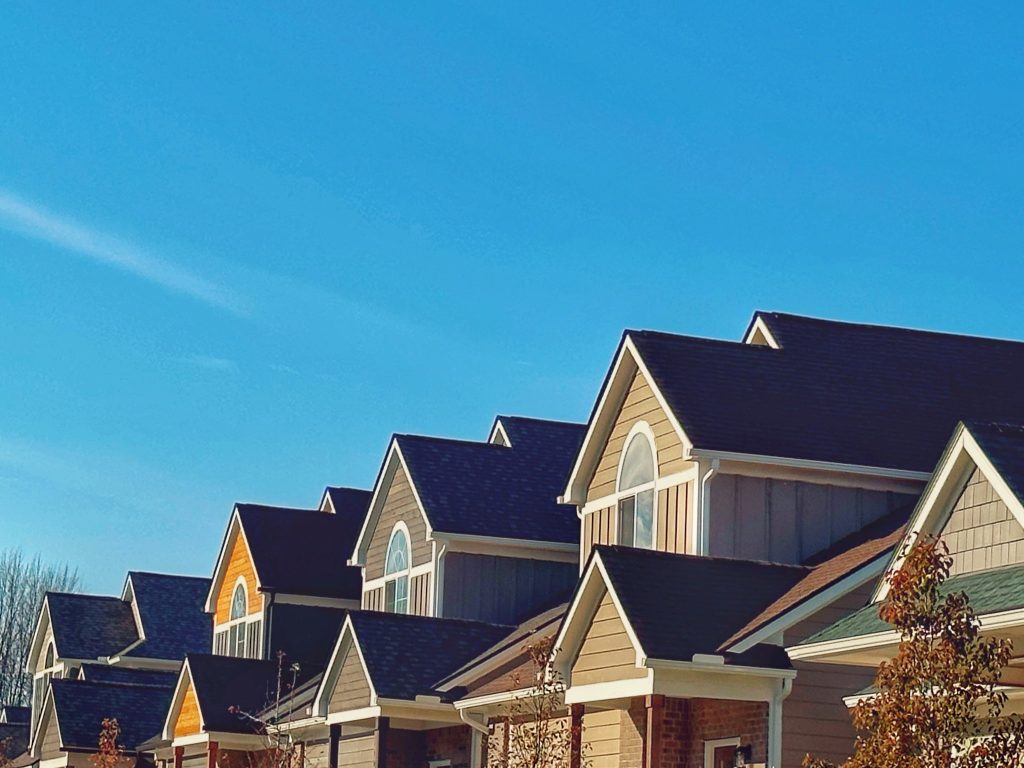When the pandemic first hit in March 2020, there weren’t many people thinking it would inspire prospective home buyers, but it did. With mortgage rates at historic lows and Americans able to move more freely due to remote work, buyer demand spiked. Now, just under five years later, those same pandemic-era home buyers may already be looking to sell. In fact, according to a new survey, 17.5 percent of current homeowners say they plan to sell their home next year and, among them, 32.2 percent have lived in their home less than five years. That’s a significant share of soon-to-be home sellers who have only been in their house a few years. What’s behind the data? Well, the most active group of would-be home sellers are in their 30s and 40s, which is the right demographic for move-up buyers. That same group of home sellers were also able to build up equity quickly over the past five years, allowing them to use those gains to get in the market sooner than they otherwise may have. (source)












